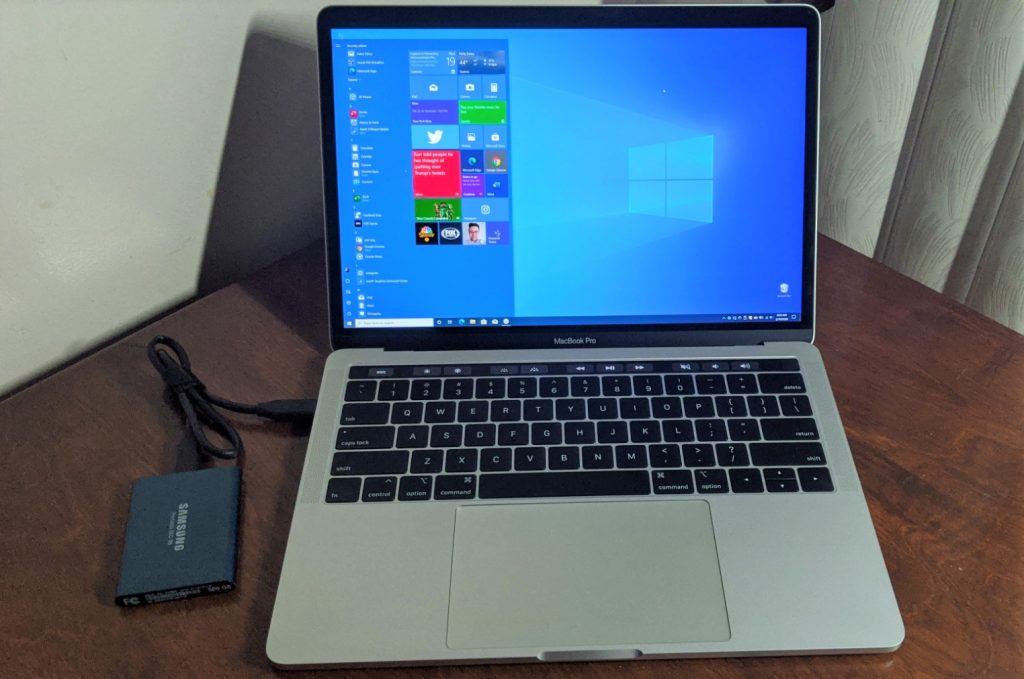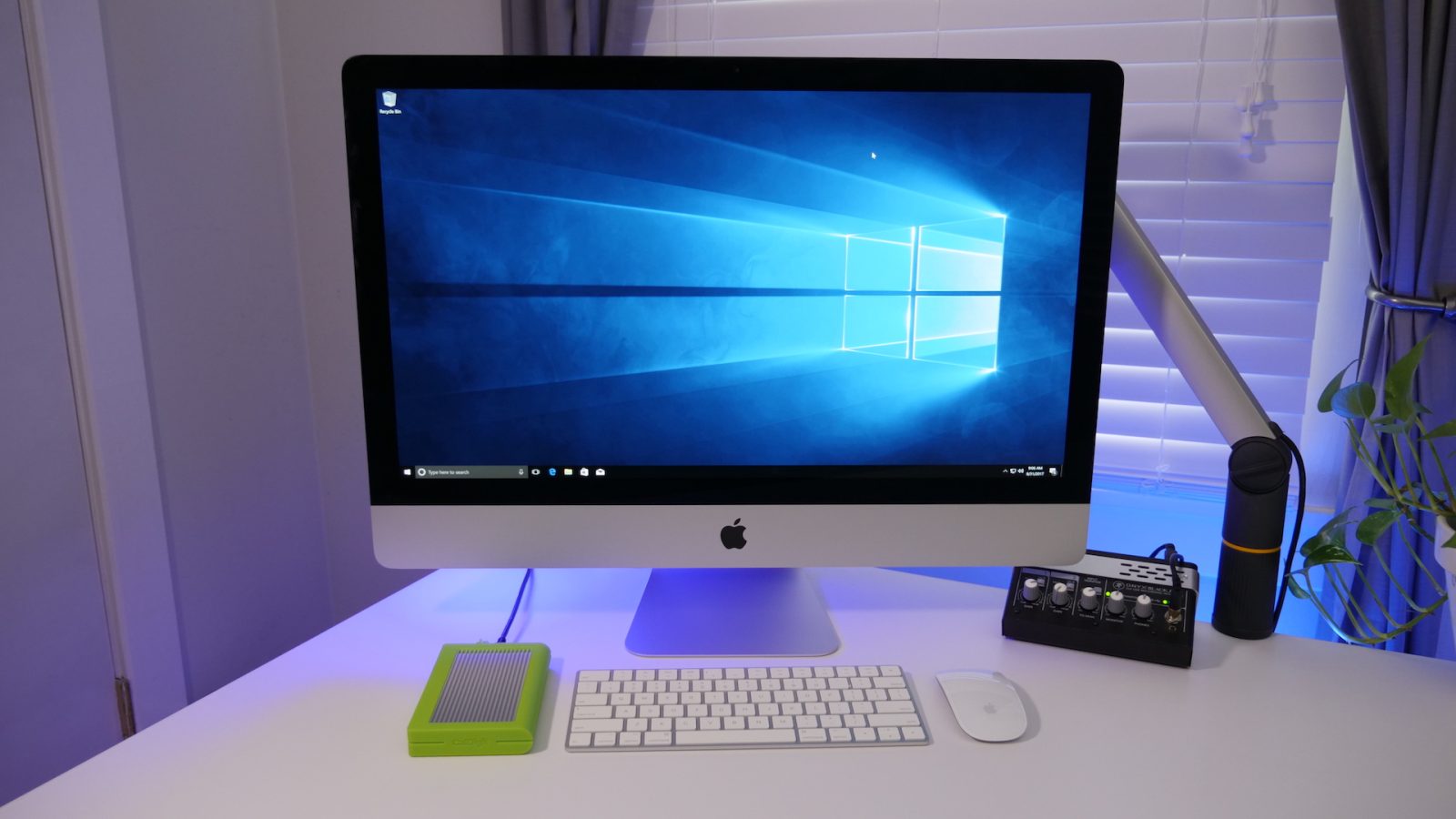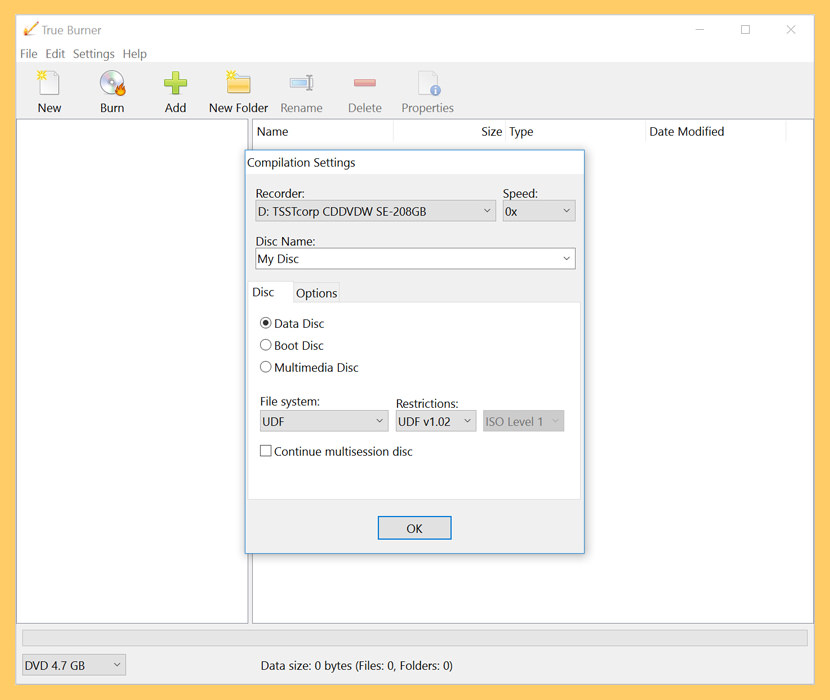Hi,
Then he will again remove windows from mac. Therefore, in this article you will learn how to remove windows from mac. However, if you can also install macOS Mojave on VMware on Windows. Further, you can also check How to Install macOS 10.14 Mojave on VirtualBox Windows 10 PC. If you are interest to make your windows. Remove Windows from Mac. Navigate to Applications Utilities and launch Boot Camp Assistant. Type in your admin username and password and press OK. Boot Camp Assistant will now begin erasing the Boot Camp partition and restoring your boot disk as a single partition. Once it has finished, your Mac will return to its pre-Bootcamp state. You must first use bootcamp with osx to create the partition. Once the partition is made and windows is working, then you can delete osx and allocate the memory to windows. You can see in the image below that only 200 is needed by the internal mac os (to boot the mac and so forth). Other than that, my bootcamp is the only os on the disk.

I'd like to delete my Boot Camp Windows 10 partition.
I've just upgraded to the High Sierra (10.13) Beta (17A291m), meaning now I also have the APFS.
However, when I open the Boot Camp application and only select 'Install or remove Windows 7 or later', I am only shown this screen;
As you can see, the bottom option is not available.
(If I select 'Macintosh HD, VM' it says 'This disk is your macOS startup disk and appears to have been partitioned by another utility.')



However, I can also not remove it via Disk Utility, which shows this;
Thus I can also not delete the partition.
How can I remove my Windows 10 partition?
Any advise would be immensely appreciated!
Kind regards,
Isaiah
Erase Windows From Mac
Are you receiving that uncomfortable notification from macOS informing you that 'your disk is almost full'? You can save space by optimizing storage using iCloud Drive – if you rent enough space from Apple – or reclaim space by removing the Boot Camp partition that was required when you installed the Windows operating system.

I'd like to delete my Boot Camp Windows 10 partition.
I've just upgraded to the High Sierra (10.13) Beta (17A291m), meaning now I also have the APFS.
However, when I open the Boot Camp application and only select 'Install or remove Windows 7 or later', I am only shown this screen;
As you can see, the bottom option is not available.
(If I select 'Macintosh HD, VM' it says 'This disk is your macOS startup disk and appears to have been partitioned by another utility.')
However, I can also not remove it via Disk Utility, which shows this;
Thus I can also not delete the partition.
How can I remove my Windows 10 partition?
Any advise would be immensely appreciated!
Kind regards,
Isaiah
Erase Windows From Mac
Are you receiving that uncomfortable notification from macOS informing you that 'your disk is almost full'? You can save space by optimizing storage using iCloud Drive – if you rent enough space from Apple – or reclaim space by removing the Boot Camp partition that was required when you installed the Windows operating system.
What Is the Boot Camp Partition?
Software incompatibility may force some Mac users to take the ultimate step and install Windows on their computer using Boot Camp. As with every operating system, Windows requires its own partition and its own file systems, which means to use it on a Mac requires you to repartition the drive using Boot Camp assistant in order to install the Windows operating system.
If you are installing Windows for the first time, you will require at least 30GB of free space, increasing to 40GB if you are upgrading from a previous version of Windows. This space will be taken up on the built-in hard drive (which may have limited storage space), allocated to the Windows OS during the installation process. This newly created partition will be named Boot Camp by default.
Regardless of how much disk space you have allocated to Windows, it is nothing more than a waste of storage if your startup disk is getting full, and so in these situations it is recommended that users either wipe away the macOS partition using Mac optimization software such as CleanMyMac, OnyX, and the like, or remove the Boot Camp partition to reclaim gigabytes of disk space.
How to Remove the Boot Camp Partition
- Back up all the data that you need from the partition.
- Start the Mac in macOS.
- Quit all open apps and log out of any other users that are currently logged in.
- Open up Launchpad, click Utilities, and then Boot Camp Assistant.
- Click the 'Continue' button.
- If you're prompted to select a task, click on either 'Remove Windows 7 or later version' or 'Remove Windows 10 or later version', whichever is relevant. Then hit 'Continue'.
- If your Mac has a single internal disk, then you'll see a 'Restore Disk to a Single Volume' window; click 'Restore'.
- If your computer has multiple internal disks, select the Boot Camp disk with Windows installed on it and hit 'Restore disk to a single macOS partition', followed by 'Continue'. Depending on the size of the drive this may take a few minutes.
- Click 'Quit' once the process is complete. Launch Disk Utility and check if the drive is no longer available just to confirm that the Boot Camp partition has been removed.
Some users complain about receiving the 'Your disk could not be restored to a single partition' error message, and therefore being prevented from restoring the internal drive back to a single partition. If, for some reason, Boot Camp fails to remove the partition, then you can always turn to Disk Utility, a powerful tool built into macOS.
How To Remove Boot Camp Macbook Pro
- Launch Disk Utility from the Utilities menu.
- Select the Windows partition.
- Click 'Erase' and select either the 'Mac OS Extended (Journaled)' for Macs running macOS 10.12 Sierra or earlier, or 'APFS file system' for users on macOS 10.13 High Sierra and beyond.
- Erase the partition.
- Select the complete disk.
- Click on the Partition tab.
- Select the newly formatted 'Windows' partition and remove it by clicking on the minus button in the bottom left.
- Select the main partition and type in its full size into the 'Size' option, then hit enter.
- Let Disk Utility complete the resizing to restore your full macOS-compatible partition once again.
